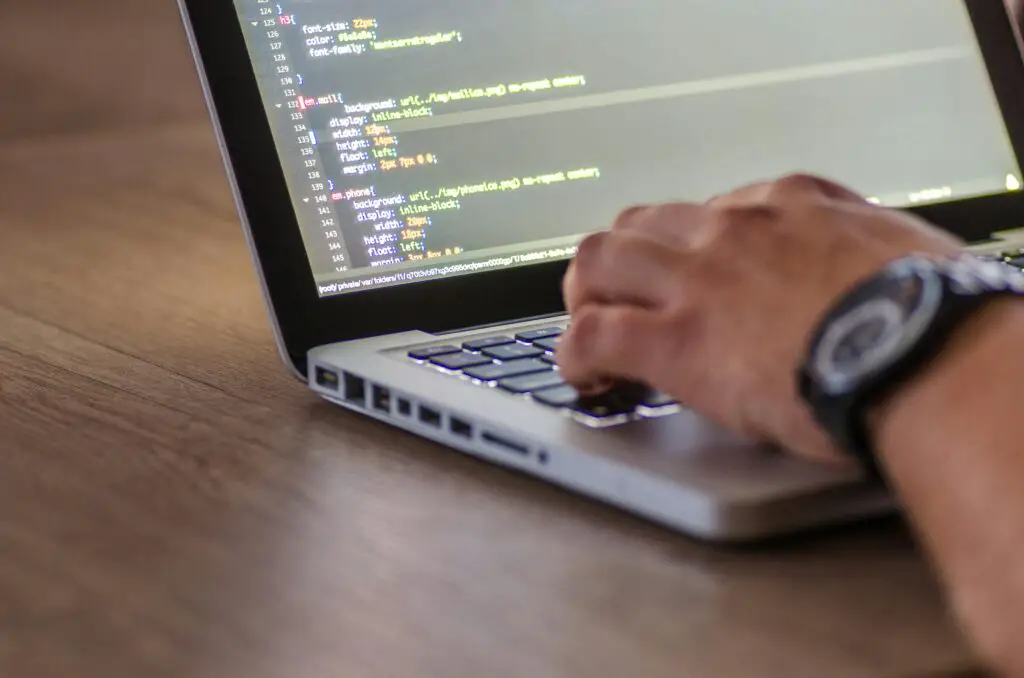In the realm of software development, writing code is merely the first step; crafting clean, readable code is where mastery lies. But what defines “clean code”? This concise guide aims to unravel the mysteries of clean coding for beginners, offering practical insights and best practices to help junior developers grasp this essential skill.
Understanding Clean Code
Clean code isn’t just about syntax; it’s about clarity, elegance, and maintainability. Drawing parallels to reading a well-structured article, clean code should guide the reader effortlessly through its logic. Just as paragraphs are organized under headings, functions and classes should serve distinct purposes, each contributing to the code’s overarching clarity.
Characteristics of Clean Code
Clean code possesses several hallmark traits:
- Focus: Each component serves a singular purpose, fostering clarity and simplicity.
- Elegance: Reading clean code should evoke a sense of understanding and satisfaction, with its logic laid bare.
- Care: It’s evident that someone has meticulously crafted and maintained the code, paying attention to every detail.
- Passing Tests: Clean code is not just about appearances; it must also function flawlessly.
Practical Tips for Writing Clean Code
Consistent Formatting & Indentation
Consistency is key to readability. Just as a well-formatted article aids comprehension, clean code should adhere to uniform indentation, line breaks, and formatting. Utilizing IDE plugins like VS Code’s Prettier streamlines this process, ensuring code remains tidy and easy on the eyes.
Clear Variable and Method Names
The importance of naming cannot be overstated. Clear, descriptive names elucidate a function’s purpose at a glance, fostering understanding and maintainability. By adhering to naming conventions and choosing descriptive labels, developers can significantly enhance code readability.
Strategic Use of Comments
While code should ideally be self-documenting, judicious comments can provide invaluable context, aiding comprehension and maintenance. Distinguishing between documentation comments for external users and clarification comments for internal developers ensures that comments serve a meaningful purpose without cluttering the codebase.
Embracing the DRY Principle

The DRY (Don’t Repeat Yourself) principle advocates for a single, authoritative representation of knowledge within a system. By minimizing code duplication, developers enhance maintainability and reduce the risk of inconsistencies. Refactoring examples illustrate the power of focused, reusable code in achieving these objectives.
Striking a Balance
While cleanliness is paramount, it’s essential not to succumb to “over-cleaning” code. Striking a balance between readability and productivity is crucial, particularly in the early stages of project development. The refactoring stage provides an opportune moment to fine-tune code, applying clean coding principles judiciously.
Conclusion
In the journey toward mastery, clean coding stands as a fundamental skill for junior developers. By internalizing the principles outlined in this guide and applying them diligently, aspiring developers can elevate their code from functional to exceptional. As they navigate the complexities of software development, a commitment to clean code will serve as their guiding light, ensuring clarity, elegance, and maintainability in every line they write.
FAQ: Understanding Clean Code Principles
1. What is the concept of clean code?
- Clean Code refers to code that is easy to read, maintain, understand, and change while remaining robust and secure. It emphasizes structure, consistency, and performance. (Source: SonarSource)
2. How can I write clean code?
- Writing clean code involves following conventions, indicating variable scope, using descriptive names, employing whitespace effectively, commenting appropriately, and organizing code logically. (Source: Pluralsight)
3. How do you teach clean code?
- Teaching clean code involves emphasizing the use of descriptive names, creating readable code with empty lines, limiting parameters in functions, keeping functions small, reducing line length, and minimizing the use of comments. (Source: Unosquare)
4. What are the attributes of clean code?
- Clean code is simple, concise, and expressive. It adheres to conventions, standards, and practices, avoiding complexity, redundancy, and other code smells. This makes it easy to read, maintain, and modify. (Source: freeCodeCamp)
5. What are the 4 rules of clean code?
- Clean code should pass tests, reveal its intention clearly, avoid duplication, and utilize the fewest elements possible. This ensures readability, maintainability, and extensibility. (Source: Slash)
6. Why do we need clean code?
- Clean code is essential because it helps developers understand and modify code efficiently, saving time and reducing the risk of errors. It improves collaboration, readability, and maintainability in software development projects. (Source: LinkedIn)